It is with great pleasure that we welcome the Site Selection to Protect Papyrus Endemic Biodiversity in Uganda project (SEBU). Grant funding for this three-year project has been provided by the JRS biodiversity foundation. Several biodiversity projects have been supported by this foundation in sub-Saharan Africa. The project includes world-class papyrus endemic experts from Exeter University as well as practicing professionals and key stakeholders. The objective of this project is to investigate the current exploitation of papyrus-based wetlands in the Albertine region as well as explore the possibilities for preserving biodiversity in these wetlands in the future, since human activity threatens to destroy them. It is a much-needed community project for our country. The project will bring together local stakeholders, government officials, and academics to identify ways to protect this valuable resource. We hope that this project will help to create a sustainable future for this unique ecosystem. The outcomes of this project will help to inform future conservation efforts.
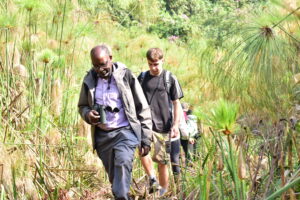 During the project, Kabale University and the University of Exeter in the United Kingdom will be able to leverage the synergistic abilities of both universities. As part of this project, students from both universities will study key papyrus areas in the Albertine region in collaboration with experts. In addition, the University of Exeter will be providing support for capacity building as part of the project over the course of the three years of its implementation. The project will support various field and classroom tasks over the course of the three-years.
During the project, Kabale University and the University of Exeter in the United Kingdom will be able to leverage the synergistic abilities of both universities. As part of this project, students from both universities will study key papyrus areas in the Albertine region in collaboration with experts. In addition, the University of Exeter will be providing support for capacity building as part of the project over the course of the three years of its implementation. The project will support various field and classroom tasks over the course of the three-years.
Uganda is a nation that has been magnificently blessed with uncountable flora and fauna species that make it a much sought-after destination for education and tourism, because of its natural beauty and its abundance. It is estimated that papyrus covers 13% of all the swamp areas in Uganda, placing it as one of the most important wetland plants in the country. The human economic activities of agriculture have not spared the papyrus wetlands, and it is through these activities that the biodiversity therein is also threatened and greatly disrupted, as well. In light of the fact that Uganda is considered one of the premier destinations for bird tourism in the world, a timely intervention designed to inform policy and conservation will definitely be a lifeline for the country.
In the Albertine Region, there are a multitude of animals that live in the wetlands of the region, such as reptiles, birds, and herpefauna, and the survival of these animals is dependent on the preservation of the wetlands in their natural state in order to prevent their extinction. Professor Sarah Nachuha, an Associate Professor of Zoology at Kabale University is the principal investigator of this project. She underscores the strategic importance of this project not only to Uganda, but to the whole region as well. In bringing together several world experts and scholars, a wealth of experience is expected to be shared among the participants.
Among the members of the team is Ilya Maclean, who is an Associate Professor of global change biology at the Environment and Sustainability Institute of the University of Exeter, Cornwall Campus. Ilya is a world expert on papyrus endemic birds and has conducted research within the project area in Lake Bunyonyi in Uganda. In collaboration with Dr Lynda Donaldson who is an Associate at the University of Exeter in the United Kingdom, they will lead a team of British collaborating graduate students involved in this research. Apart from being a world authority on papyrus endemic birds, Lynda is also a renowned researcher who has conducted research in some of the high-priority project areas in South Western Uganda, particularly in and around Lake Bunyonyi.
As part of the preliminary stages of the project, there was also the reconnaissance of the key study areas in south-western Uganda, conducted by a team led by the principal investigator Sarah Nachuha together with Dr. Julius Arinaitwe, who is a co-principal investigator on the project. This project is also very fortunate to have Julius who is an indispensable asset. With more than 20 years of experience in the field of not-for-profit biodiversity conservation organizations, he is a very experienced leader and director. The expertise he has in the fields of biodiversity conservation, community-based natural resource management, policy and advocacy work, and capacity development at the local, national, and international levels is a huge asset to the project.
Stephen Kigoolo who is a specialist in herpefauna together with Dr Fiona Mutekanga who is an expert in environmental sciences at Kabale University are all part of the implementing team. Together with some graduate students from the two participating universities as well as some stakeholders from the study community, the project aims to investigate the current state of the papyrus wetlands and provide data so that policy can be informed by this information. Further, it is intended that it will build capacity for evidence-based site conservation strategy development, implementation, and monitoring, as well as for policy advocacy to designate KBAs based on evidence. As part of the exchange between the partners, students and lecturers involved in the project will also be involved in the exchange.
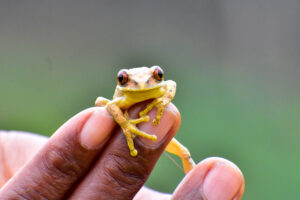 As one of the key components of the project, data will be collected on the distribution, abundance and habitat use of birds, reptiles and amphibians, with the aim of identifying priority areas for area-based protection, as well as advocating for their protection in accordance with Uganda’s 30 by 30 commitments. In light of this information, the National Biodiversity Strategy and Action Plan, as well as ARBMIS, eBird, and the World Data Base on Key Bird Areas, will be used to inform the development of strategies and action plans related to biodiversity. Among others, this data will be shared on Data Portals for the Uganda National Biodiversity Databank and the Global Biodiversity Information Facility (GBIF). During the reconnaissance activity conducted for this project around the lakes Bunyonyi, Mutanda, and Mulehe, several key species which thrive in wetland areas were discovered. It is worth noting that some of the birds seen around the three lakes during the reconnaissance include; the Swamp flycatcher, Hamerkop, African Harrier-Hawk, Black Kite, Black-headed Weaver, Black-crowned Waxbill, and female black-headed Weaver to name a few.
As one of the key components of the project, data will be collected on the distribution, abundance and habitat use of birds, reptiles and amphibians, with the aim of identifying priority areas for area-based protection, as well as advocating for their protection in accordance with Uganda’s 30 by 30 commitments. In light of this information, the National Biodiversity Strategy and Action Plan, as well as ARBMIS, eBird, and the World Data Base on Key Bird Areas, will be used to inform the development of strategies and action plans related to biodiversity. Among others, this data will be shared on Data Portals for the Uganda National Biodiversity Databank and the Global Biodiversity Information Facility (GBIF). During the reconnaissance activity conducted for this project around the lakes Bunyonyi, Mutanda, and Mulehe, several key species which thrive in wetland areas were discovered. It is worth noting that some of the birds seen around the three lakes during the reconnaissance include; the Swamp flycatcher, Hamerkop, African Harrier-Hawk, Black Kite, Black-headed Weaver, Black-crowned Waxbill, and female black-headed Weaver to name a few.
By implementing this project, we will be able to preserve and broaden our knowledge about biodiversity and its protection. The use of multispectral Sentinel-2 and Landsat images to identify the rate of habitat loss and degradation over the past 20 years will be adopted by using change detection analysis in order to determine the rate of habitat degradation over the past 20 years. This is a much-needed project and as it is rolled out, many more ripple benefits shall spill over from it. As Edward O Wilson is quoted ‘Biodiversity is our most valuable but least appreciated resource’. All efforts to protect our mother earth make the world a better place. The Kabale University Management through the Vice Chancellor expressed their sincere appreciation to JRS biodiversity foundation and the other participants steering the project.
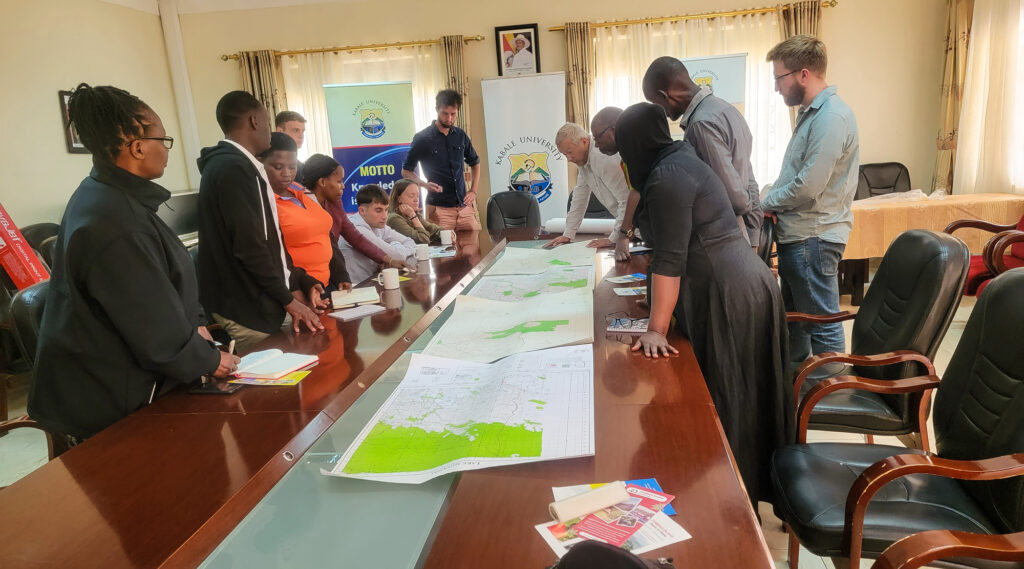


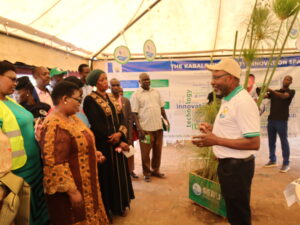
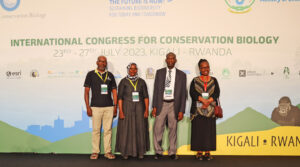
One Response
This is a very nice study, very beneficial to Uganda and the world at large in the most valuable area of Biodiversity.